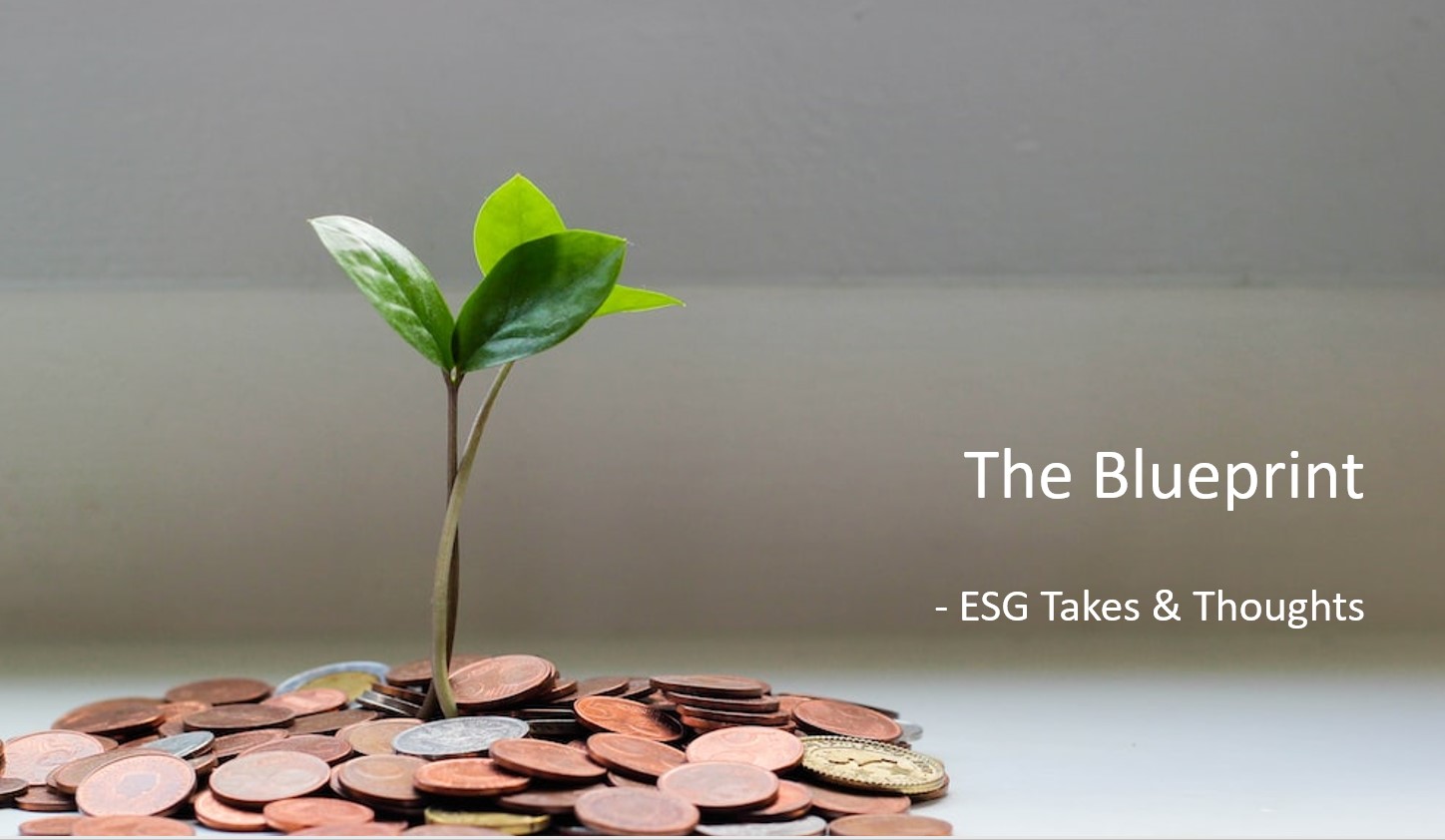
UN formally adopts landmark treaty to protect ocean life
Oceans are the lifeblood of Earth. On 19 June 2023, the UN adopted the landmark High Seas Treaty, following numerous rounds of negotiations involving over 100 nations.
For the treaty to enter into force, at least 60 countries must sign and ratify the treaty. Now, it is a race against time for governments to start protecting remote ecosystems in the ocean. This could tilt the needle in galvanising ocean action and support the target set at the United Nations Biodiversity Conference (COP15) to protect 30 per cent of the world’s oceans and lands by 2030 (United Nations).
What’s next?
Parties can begin the process of adopting the High Seas Treaty into domestic legislation. In addition, further discussions are needed to finalise the potential Marine Protected Areas (MPAs). The High Seas Alliance has already identified priority areas which could be the first generation of protected areas under the Treaty, as seen in in the map below (High Seas Alliance):
Pacific Ocean
- The Costa Rica thermal dome
- The Salas y Gómez and Nazca Ridges
- The Hawaiian-Emperor seamounts
- The south Tasman sea
Atlantic Ocean
- The Lost City
- The Sargasso sea
- The Walvis Ridge
Indian Ocean
The Saya de Malha Bank Map of potential MPAs in the world
Map of potential MPAs in the world
Source: Adapted from Freepik
This could bring about new risks for industry but also opens up investment opportunities in the blue economy for ASEAN. Protected areas could safeguard biodiversity from illegal, unreported and unregulated (IUU) fishing. Protection also allows for sufficient recovery of fish stocks in the ASEAN region which supplies 25% of the world’s fish supply (ASEAN).
Closer to home
Singapore’s major imports include machinery and transport equipment, crude petroleum and electrical machinery. Its main trading partners are China (15%), Malaysia (14%), and the USA (12%) (Trading Economics). Just imagine – the television in your house could have passed by the North Pacific seamounts in the Pacific Ocean on its way to Singapore!
The development of Green Shipping Corridors has helped to enable zero-emission solutions between major port hubs internationally. Singapore has set up multiple green and digital shipping lanes with major trading partners, including the USA’s San Pedro Bay port complex. While these Corridors are in their early stages and currently focus on climate action, they provide a baseline for future action towards integrating nature considerations. With the introduction of the High Seas Treaty, ships could be subject to restrictions such as reduction of noise pollution and speed limits.
Taking on a long-term view
Investment in the sustainable blue economy is crucial for our future. Standing at US$2.5trn, the blue economy is equivalent in size to the world’s 7th largest economy (UNEP Finance Initiative). The High Seas Treaty will likely have far-reaching commercial implications. It should be noted that the High Seas Treaty will not apply to deep sea mining, as it is already regulated by the International Seabed Authority (ISA). Similarly, existing fishing and commercial shipping activities are exempt from the treaty. There is growing concern over their exclusion which exempts them from adequate Environmental Impact Assessment (EIA) studies. Under the High Seas Treaty, EIAs are now to include the location, potential impacts and mitigation measures for planned activities (UN).
Enhanced management of ocean resources is needed to guard against physical risks, such as climate change and plankton blooms, which could threaten assets. Investors may also note that without adequate monitoring and management, the fishing, mining, and shipping sectors may cause negative environmental impacts including pollution and ocean degradation.
Overall, the High Seas Treaty serves as a tool to protect the health and resilience of ocean ecosystems and biodiversity. In turn, businesses can benefit from a healthy, thriving ocean. Challenges remain in how states will effectively implement, monitor and enforce potentially damaging high seas activities. However, the transition towards a new sustainable ocean economy could create new business opportunities in blue foods and ecosystem monitoring digital services.
Important Information
This material is provided by Phillip Capital Management (S) Ltd (“PCM”) for general information only and does not constitute a recommendation, an offer to sell, or a solicitation of any offer to invest in any of the exchange-traded fund (“ETF”) or the unit trust (“Products”) mentioned herein. It does not have any regard to your specific investment objectives, financial situation and any of your particular needs.
The information provided herein may be obtained or compiled from public and/or third party sources that PCM has no reason to believe are unreliable. Any opinion or view herein is an expression of belief of the individual author or the indicated source (as applicable) only. PCM makes no representation or warranty that such information is accurate, complete, verified or should be relied upon as such. The information does not constitute, and should not be used as a substitute for tax, legal or investment advice.
The information herein are not for any person in any jurisdiction or country where such distribution or availability for use would contravene any applicable law or regulation or would subject PCM to any registration or licensing requirement in such jurisdiction or country. The Products is not offered to U.S. Persons. PhillipCapital Group of Companies, including PCM, their affiliates and/or their officers, directors and/or employees may own or have positions in the Products. This advertisement has not been reviewed by the Monetary Authority of Singapore.